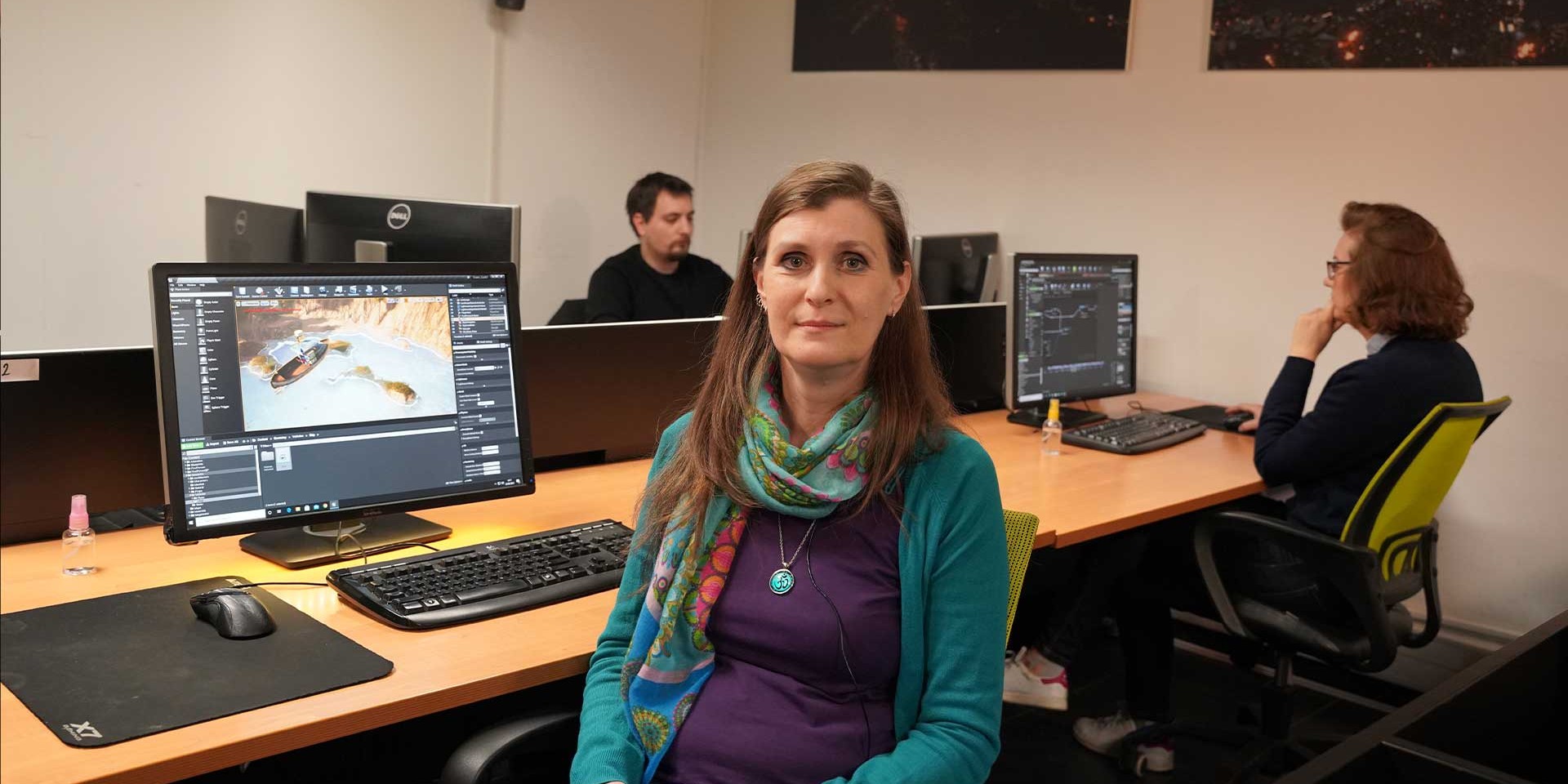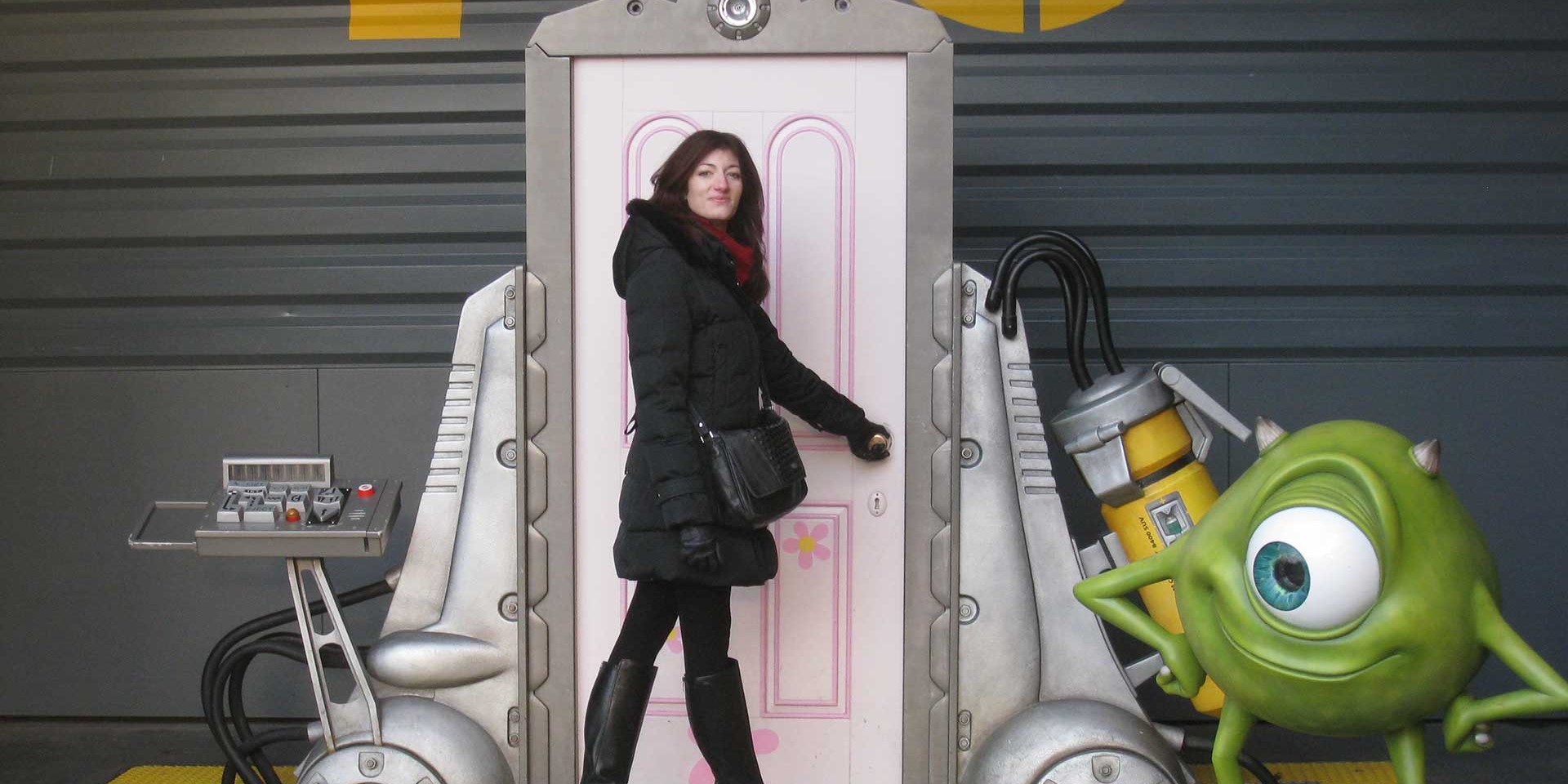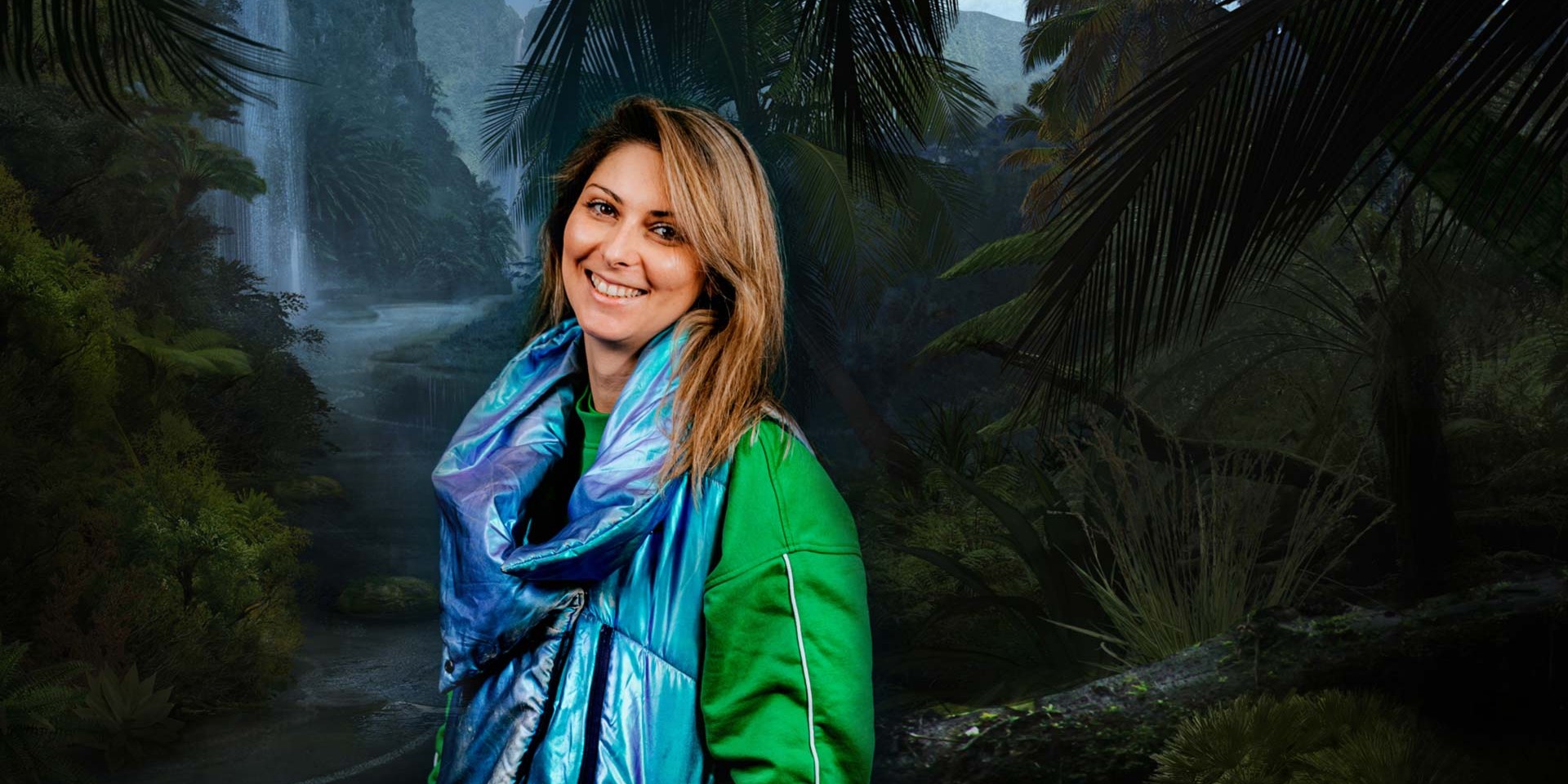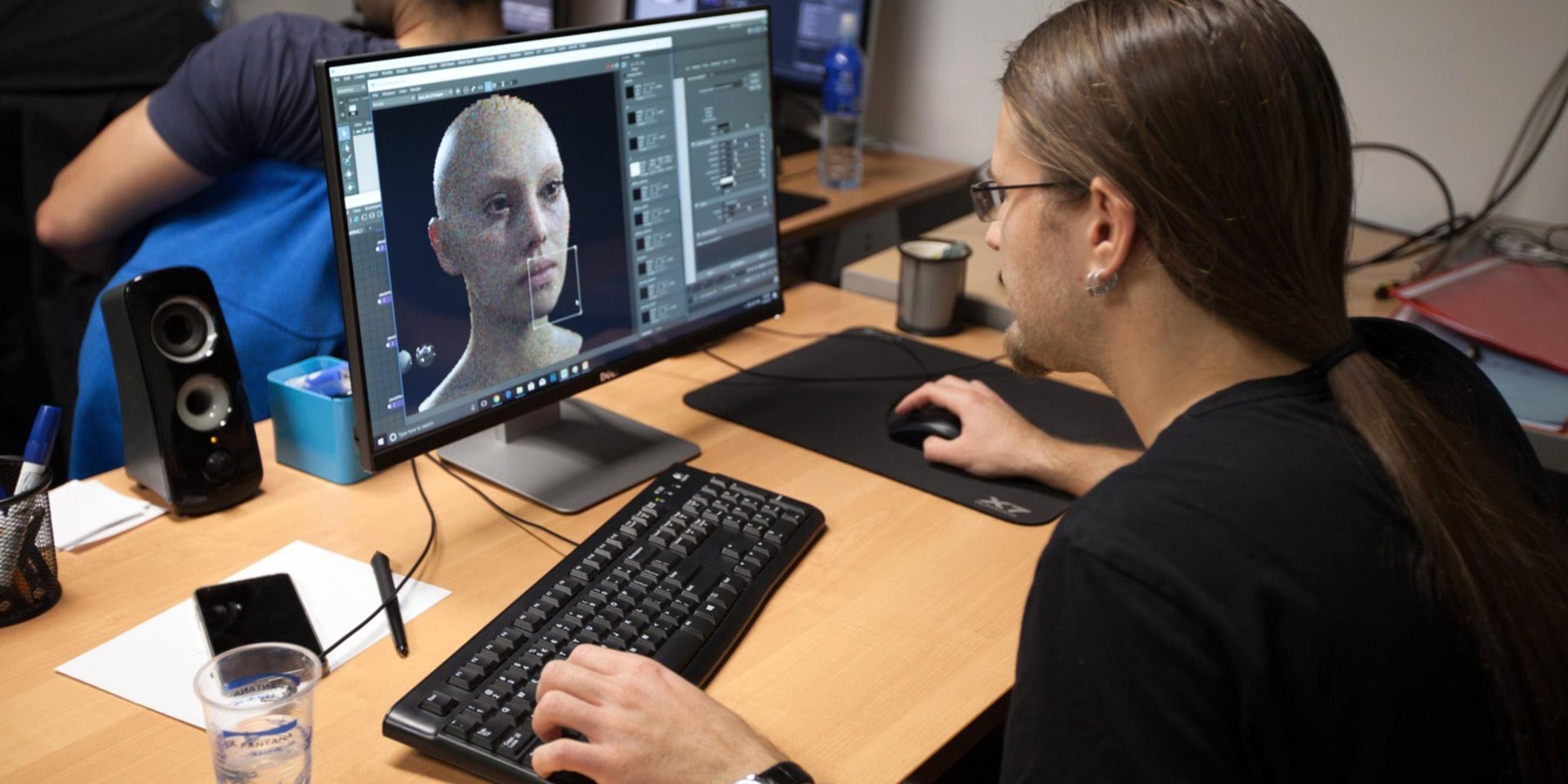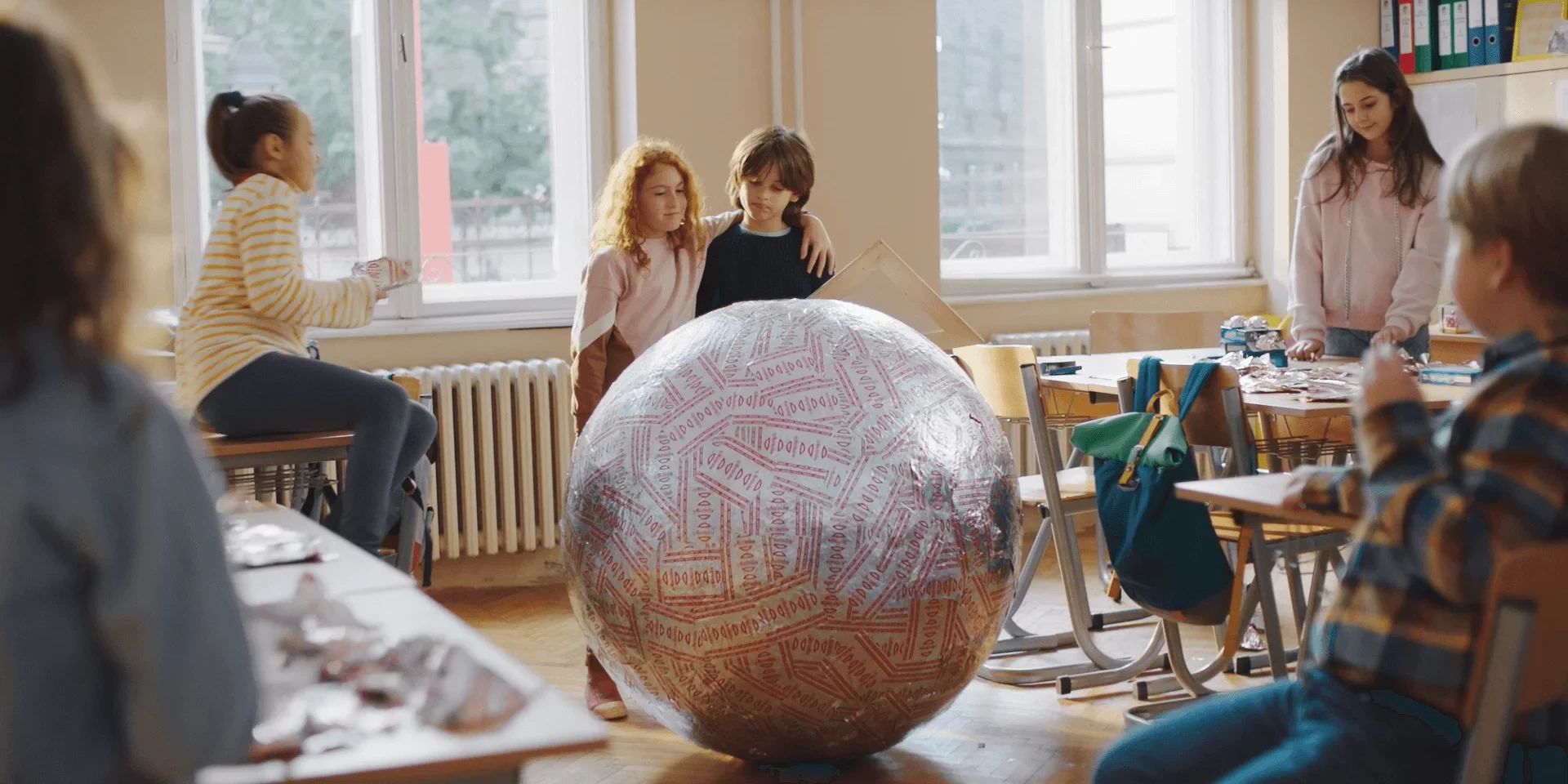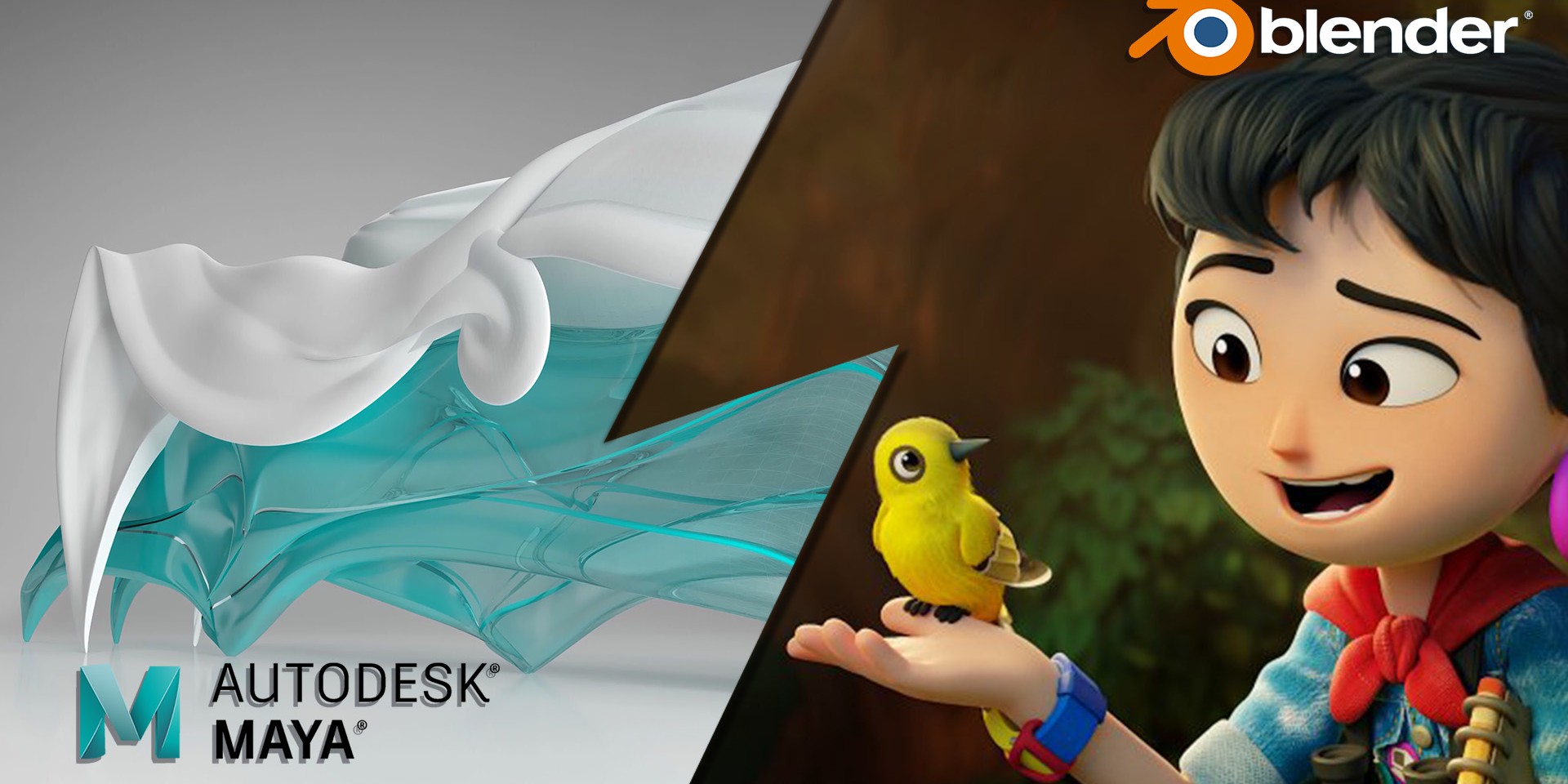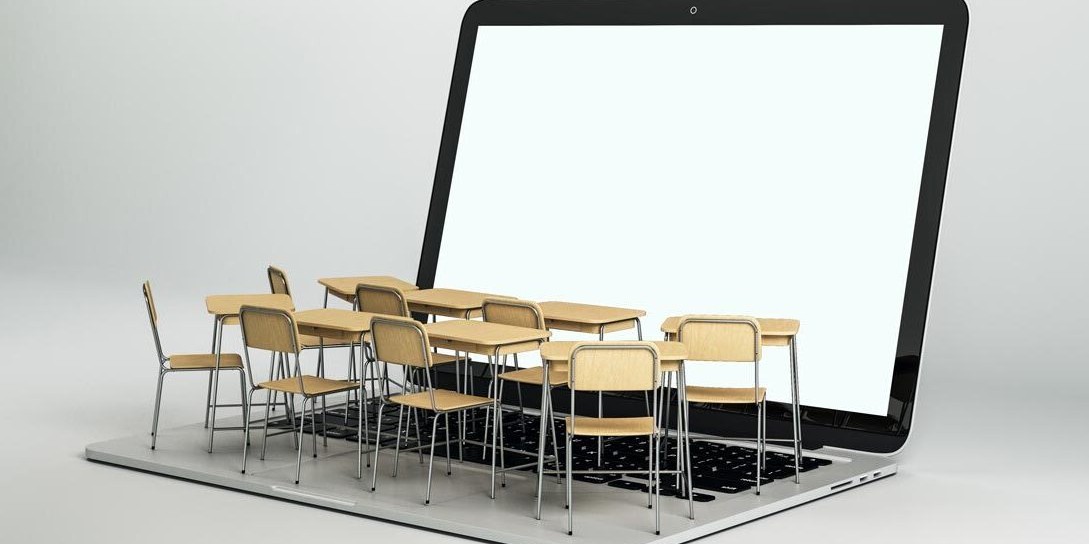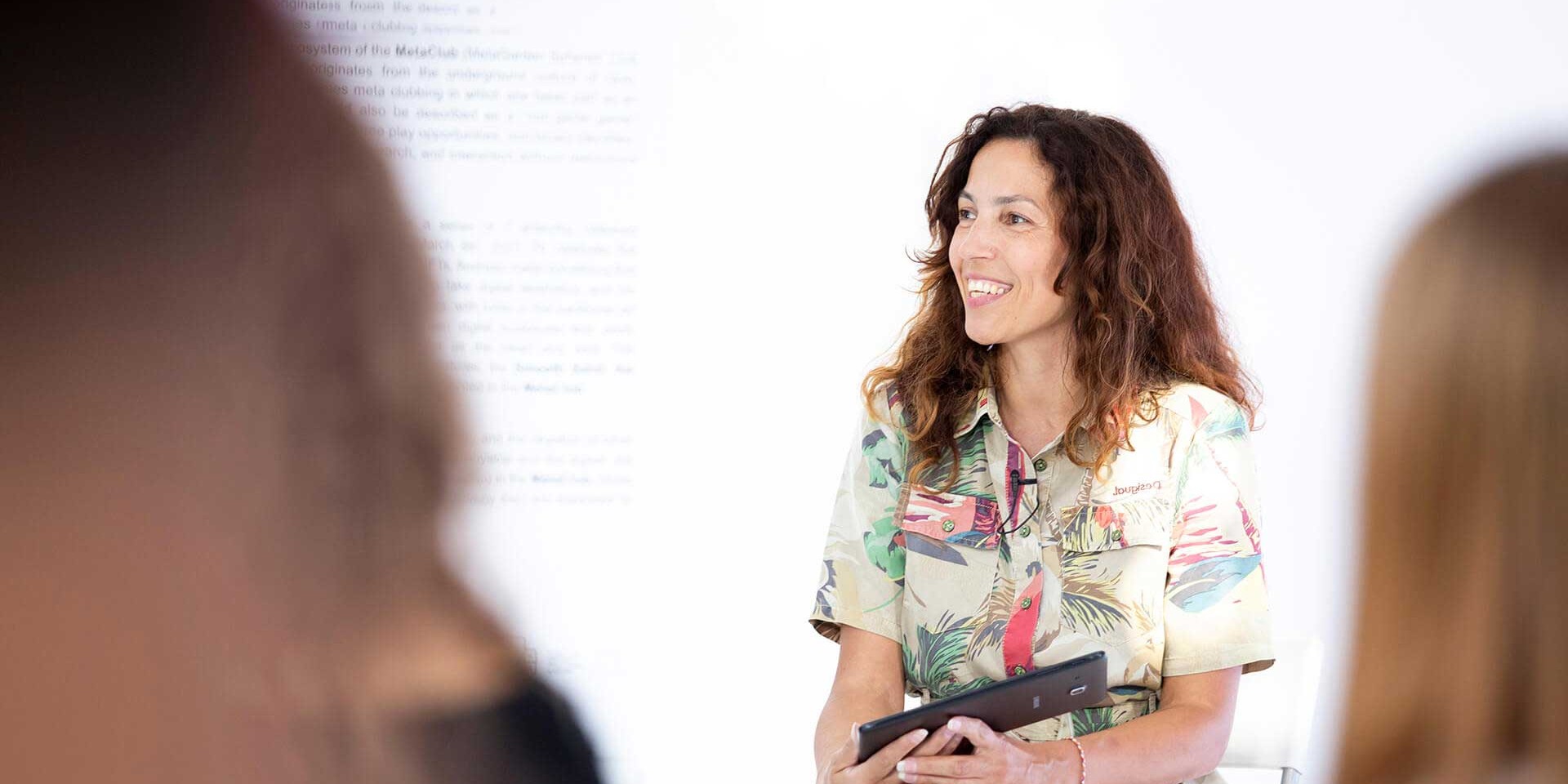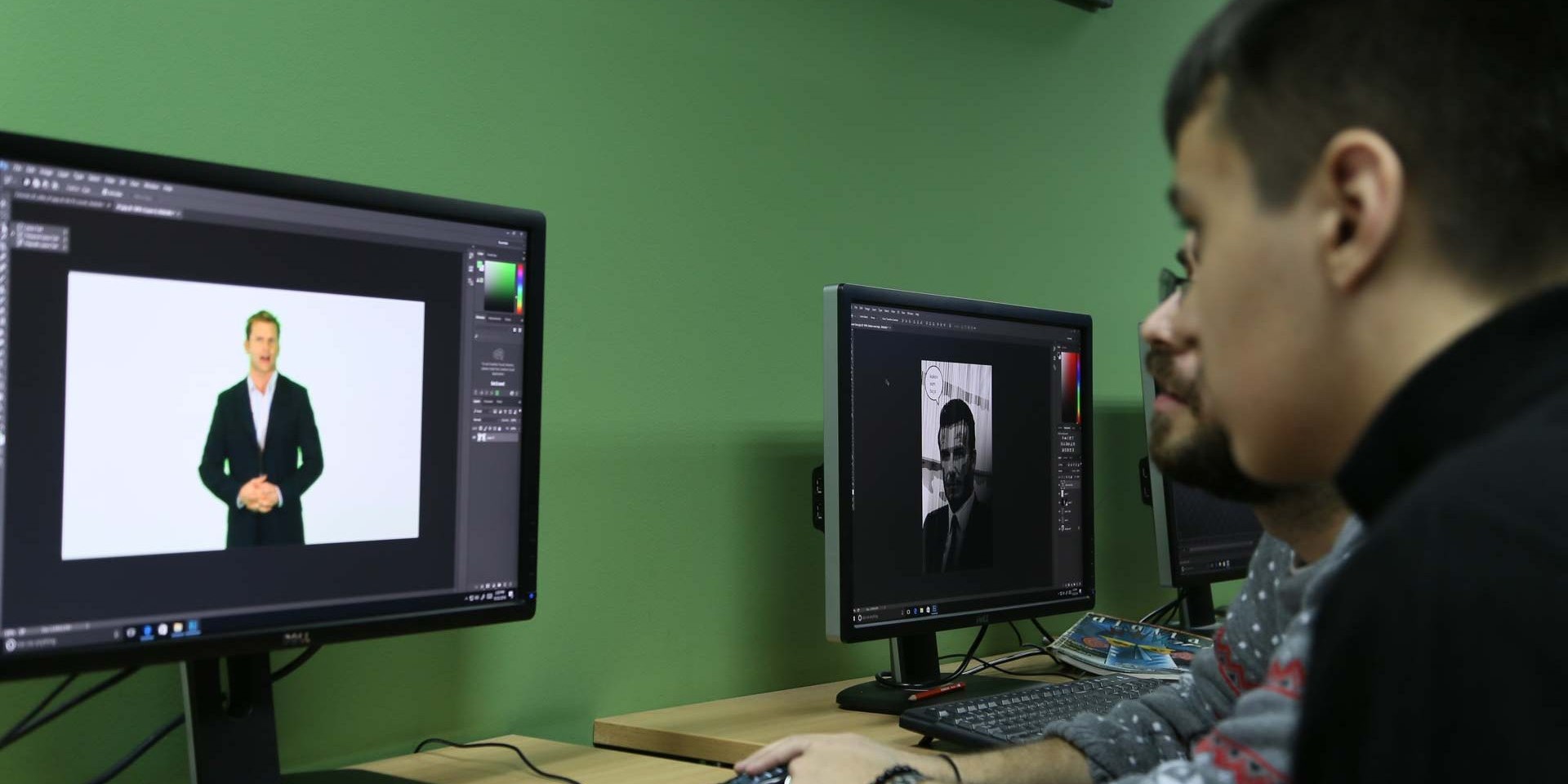The Art of Digital Compositing: Why Become the Master of The Trade
Crater Studio is one of the most active domestic visual effects and animation studios that established themselves worldwide in the field of VFX over a decade ago. Their portfolio contains numerous notorious titles including A-list films, Bollywood fantasy dramas, as well as Netflix and Peacock series.
Even though big projects often arrive at Crater’s front door, things have been heating up due to the worldwide state pandemic. These unfortunate events put the spotlight on the creative content as their demand drastically increased. Joining the Trusted Partner Network (TPN) and implementing even higher security standards in the studio, has opened new doors towards new and more challenging projects for Crater that are yet to be revealed.
The increase of the workload has led to the increase in demand for new colleagues, as well as the necessity for training, especially for one of the most crucial, irreplaceable studio positions – the art of digital compositing. This is a fundamental role in post-production and film production in general that involves combining different film elements in a final shot, like in the example below (a snippet of Season 1 of A Series of Unfortunate Events) in which Crater worked on compositing.
History of film compositing
Many of those familiar with history and film theory would claim that the oldest movies were actually the first complete VFX projects, considering the fact they were made on the same principles on which modern post-production lies, just with analog techniques.
French illusionist Georges Méliès, father of feature films, used techniques like time-lapse in his earliest works, as well as Multiple Exposures. Among these is the infamous film A Trip to the Moon which came up exactly 120 years ago.
The following year, on the other side of the planet, the first American feature film was made, The Great Train Robbery by Edwin S. Porter, which was also filled with visual effects.
However, since filming on the actual railroad was unavailable at that time, the footage of the train through the window was added later on, meaning this was one of the first and most famous film compositing examples.
Why is every film based on illusion
The reasons why there is a need to fake something in a film are varied. Once, as it was with Porter’s railroad, the technology needed to capture complex or fast shots was still not available. Today it can be that the shot needed is physically unattainable on a certain location (due to it being too far away, too dangerous, too expensive, imaginary, or purely due to filming restrictions on certain locations). Even so, today’s most recent photo cameras are not all-powerful. To fully experience the film environment like we do in our everyday life, VFX artists during the decades had to come up with various solutions.
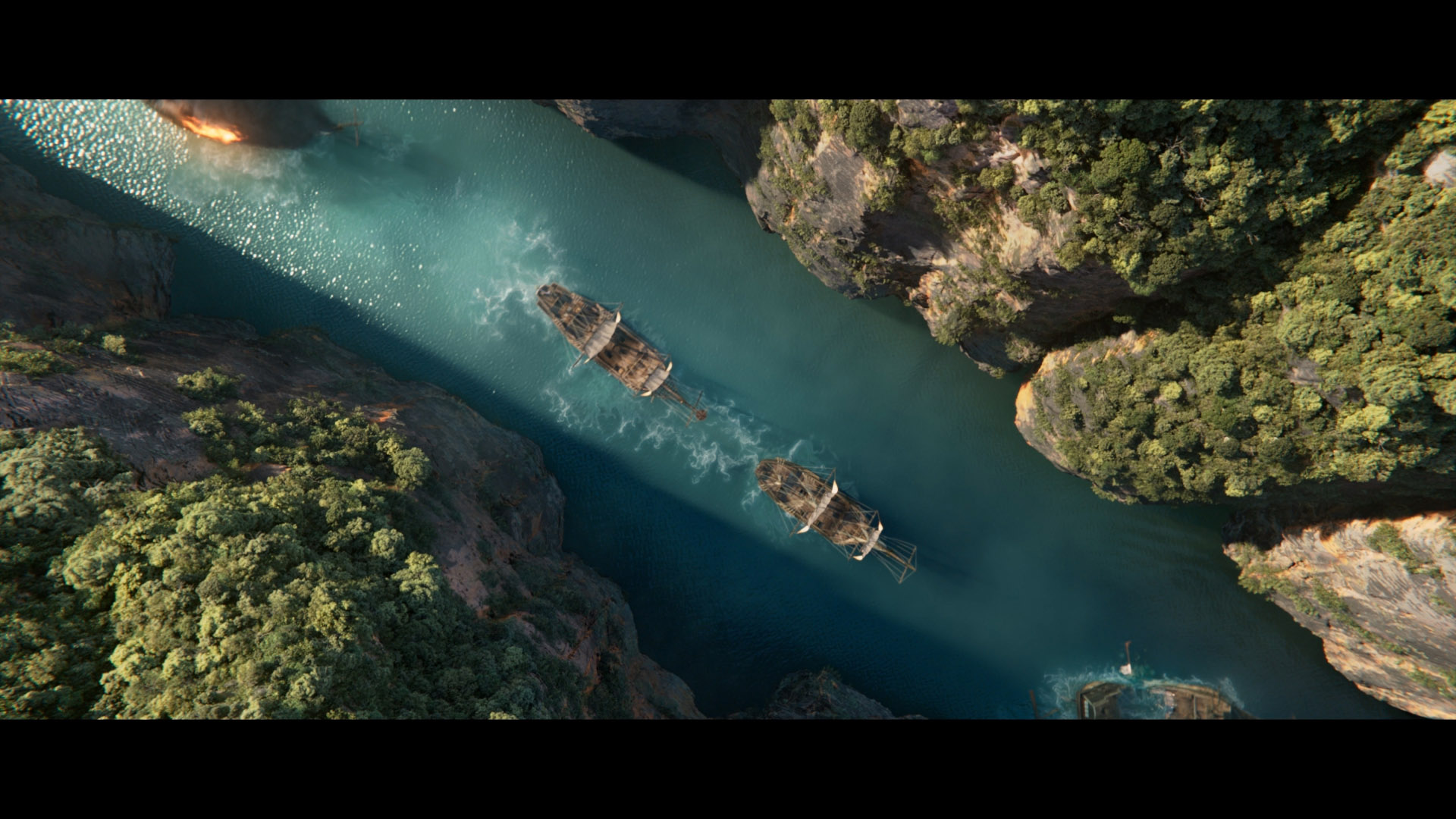
Initially, it was the yellow screen that replaced the practical tricks and matte painting (the technique of painting background elements on glass) which made it possible to combine different pictures into one. After this, the spotlight was overtaken by the blue screen which is still used today in some capacity. It was used to create some of the biggest films from the Golden Age in Hollywood. During the 1970s, the British and American television studios popularized the usage of the green screen, which is today considered an industry standard, as well as using mini-computers for post-production for the first time. The development of digital compositing started at the end of the 1990s.
Today, many films and TV shows are almost entirely made in front of either green or blue screens with the implementation of computer-generated images (CGI), which is the initial and fundamental reason why the search for compositing artists is at an all-time high.
Where is compositing in the VFX pipeline
Today in a production environment VFX techniques can be broadly separated into Modeling, Rigging, Animation, Simulation, Texturing, and Lighting.
Even though they are usually done by different teams, these assignments overlap with one another. Compositing comes at the very end when all the previously generated elements fit in. Various 3D models are being combined, footage on set has their backgrounds added in digitally, adjusting the lights and generating shadows, color corrections, as well as other interventions. All of this to achieve that infamous final shot, that, after traveling through the hands of compositors, is being watched by thousands, if not millions.
In our course, the art of digital compositing is being taught in Nuke, a node-based software created by a British company Foundry. To use Nuke, previous experience in one of the elementary software like Adobe Photoshop is a must, while some other studios prefer doing compositing in a video design software Adobe After Effects.
Foundry representatives have visited Belgrade and Crater a few times, with the last time being 2019 during the CGA conference.
Crater’s scholarship in digital compositing education
As it has been stated at the beginning, in order to keep up with the workload increase, Crater Studio plans on hiring more Digital Compositing Artists. However this being one of the job positions in the biggest deficit on the market, the next logical step for Crater was conducting a scholarship that will help with expanding the team.
The chance to master the skills of digital compositing for film and video here at Crater Training Center will be granted to up to 10 candidates. Anyone keen on art, photography, film, recording, and video editing, and want to try out postproduction, is welcome to apply.
More about the scholarship’s requirements HERE.
Author: Branka Malenica

